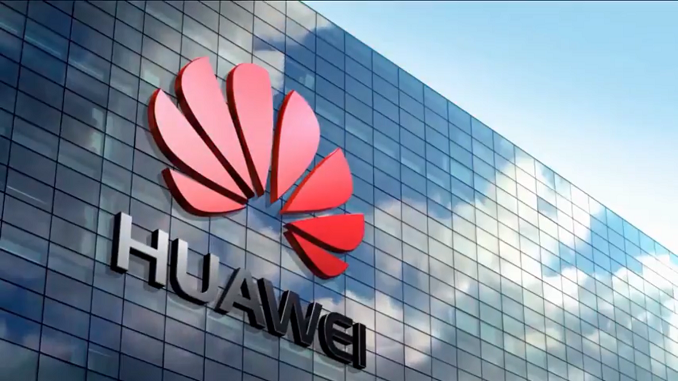
Huawei’s revenue growth slowed dramatically last year as the impact of U.S. sanctions and the economic fallout from the coronavirus weighed on the Chinese technology giant, CNBC reported.
Revenue for 2020 totaled 891.4 billion yuan ($136.7 billion), a 3.8% year-on-year rise in yuan terms. That was slower than the more than 19% revenue growth Huawei saw in 2019.
China was the only region where Huawei operates that saw positive revenue growth. Sales in China totaled 584.9 billion yuan ($89.7 billion), up 15.4% year on year and accounting for over 65% of total revenue.
In 2020, China’s economy grew as the country managed to broadly contain the coronavirus. Other major economies saw contractions as the pandemic continued to sweep across the world and numerous countries enacted lockdowns of varying degrees.
Huawei’s net profit for 2020 was 64.6 billion yuan ($9.9 billion), up 3.2% year over year.
The U.S. has slapped Huawei with a number of sanctions over the last two years. Washington maintains that the Chinese telecommunications giant is a national security threat, a claim that Huawei has repeatedly denied.
In 2019, Huawei was put on a U.S. blacklist called the Entity List. This restricted American companies from exporting certain technologies to Huawei. Google ended up cutting ties with Huawei. That meant the Chinese giant could not use Google’s Android operating system on its smartphones. That’s not a big deal in China where Google services like search and Gmail are blocked. But it hurt Huawei in international markets where consumers are used to these apps.
And last year, the U.S. moved to cut Huawei off from key chip supplies it needs for its smartphones.
Both measures have damaged Huawei’s smartphone sales. At the time of the Entity List inclusion, Huawei was the second-largest smartphone player by market share. But in the fourth quarter, Huawei fell out of the top five biggest vendors by market share as sales around the world plunged.
Huawei said its consumer business recorded revenue of 482.9 billion yuan ($74.1 billion), a 3.3% year-on-year rise. That was slower than the 34% growth seen in 2019.
Ken Hu, Huawei’s rotating chairman, said the results of the consumer business “fell short” of the company’s expectations due to a fall in smartphone revenue.
“Because of the unfair sanctions placed on us by the U.S., our mobile phone business saw a revenue decline,” he said, according to an official English translation of his Mandarin remarks.
However, some of Huawei’s other products including tablets, laptops, wearables and smart home devices saw an increase in sales that helped offset the smartphone decline, according to Hu.
In 2019, Huawei launched its own operating system called HarmonyOS which is designed to work across devices. The company is looking to roll out the operating system across a number of its products and last month announced the software’s arrival on its foldable smartphone, the Mate X2. Huawei is hoping that may help its consumer business.
Besides the smartphone business, the U.S. has also looked to target Huawei’s telecommunications unit. Under former President Donald Trump’s administration, the U.S. sought to push allied countries to block Huawei from their 5G networks. 5G refers to next-generation mobile networks and Huawei is one of the leading companies making telecommunications equipment to support that.

Be the first to comment